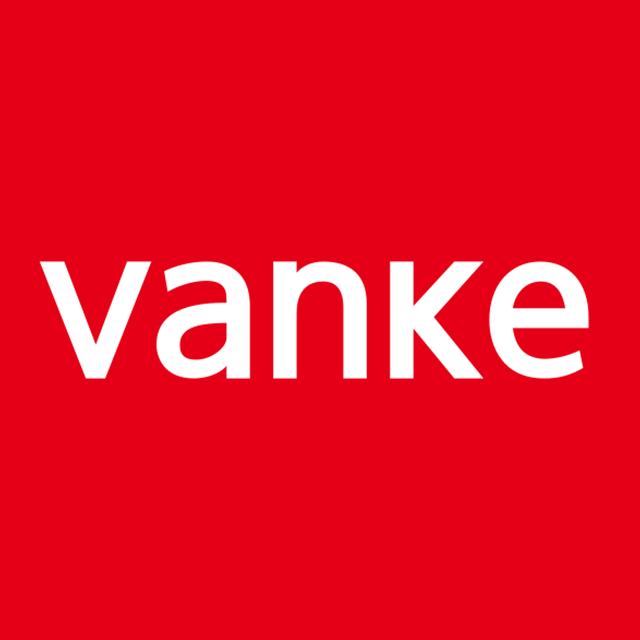Company Analysis China Evergrande Group
1. Summary
Advantages
- Price (0.163 HK$) is less than fair price (0.2075 HK$)
- Current debt level 0% is below 100% and has decreased over 5 years from 19.43%.
Disadvantages
- Dividends (0%) are below the sector average (9.7%).
- The stock's return over the last year (0%) is lower than the sector average (0.5047%).
- The company's current efficiency (ROE=0%) is lower than the sector average (ROE=5.56%)
Similar companies
2. Share price and performance
2.1. Share price
2.2. News
2.3. Market efficiency
| China Evergrande Group | Real Estate | Index | |
|---|---|---|---|
| 7 days | 0% | 2.5% | 5.6% |
| 90 days | 0% | -5.9% | 18.7% |
| 1 year | 0% | 0.5% | 47.4% |
3333 vs Sector: China Evergrande Group has slightly underperformed the "Real Estate" sector by -0.5047% over the past year.
3333 vs Market: China Evergrande Group has significantly underperformed the market by -47.41% over the past year.
Stable price: 3333 is not significantly more volatile than the rest of the market on "Hong Kong Exchanges" over the last 3 months, with typical variations of +/- 5% per week.
Long period: 3333 with weekly volatility of 0% over the past year.
3. Summary of the report
4. Fundamental Analysis
4.1. Stock price and price forecast
Below fair price: The current price (0.163 HK$) is lower than the fair price (0.2075 HK$).
Price significantly below the fair price: The current price (0.163 HK$) is 27.3% lower than the fair price.
4.2. P/E
P/E vs Sector: The company's P/E (0) is lower than that of the sector as a whole (15.74).
P/E vs Market: The company's P/E (0) is lower than that of the market as a whole (26.64).
4.3. P/BV
P/BV vs Sector: The company's P/BV (0) is lower than that of the sector as a whole (0.6775).
P/BV vs Market: The company's P/BV (0) is higher than that of the market as a whole (-11.94).
4.4. P/S
P/S vs Sector: The company's P/S indicator (0) is lower than that of the sector as a whole (2.3).
P/S vs Market: The company's P/S indicator (0) is lower than that of the market as a whole (2.71).
4.5. EV/Ebitda
EV/Ebitda vs Sector: The company's EV/Ebitda (0) is higher than that of the sector as a whole (-4.18).
EV/Ebitda vs Market: The company's EV/Ebitda (0) is lower than that of the market as a whole (9.94).
5. Profitability
5.1. Profitability and revenue
5.2. Earnings per share - EPS
5.3. Past profitability Net Income
Yield Trend: Negative and has fallen by -20% over the last 5 years.
Accelerating profitability: The return for the last year (0%) exceeds the average return for 5 years (-20%).
Profitability vs Sector: The return for the last year (0%) is lower than the return for the sector (298.64%).
5.4. ROE
ROE vs Sector: The company's ROE (0%) is lower than that of the sector as a whole (5.56%).
ROE vs Market: The company's ROE (0%) is lower than that of the market as a whole (6.07%).
5.5. ROA
ROA vs Sector: The company's ROA (0%) is lower than that of the sector as a whole (2.42%).
ROA vs Market: The company's ROA (0%) is lower than that of the market as a whole (3.24%).
5.6. ROIC
ROIC vs Sector: The company's ROIC (0%) is lower than that of the sector as a whole (0%).
ROIC vs Market: The company's ROIC (0%) is lower than that of the market as a whole (0%).
7. Dividends
7.1. Dividend yield vs Market
Low yield: The dividend yield of the company 0% is below the average for the sector '9.7%.
7.2. Stability and increase in payments
Dividend stability: The company's dividend yield 0% has been steadily paid over the past 7 years, DSI=0.79.
Weak dividend growth: The company's dividend yield 0% has been growing weakly or stagnant over the past 5 years. Growth over only 1 year.
7.3. Payout percentage
Dividend Coverage: Current payments from income (0%) are at an uncomfortable level.
Pay for your subscription
More functionality and data for company and portfolio analysis is available by subscription




